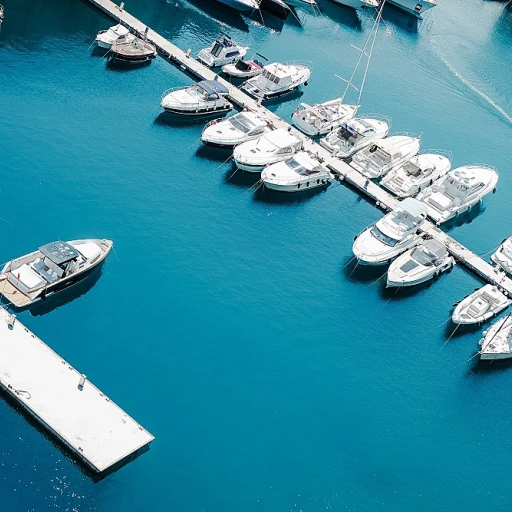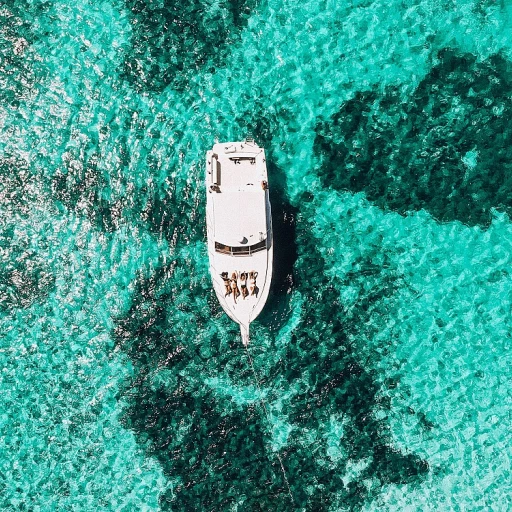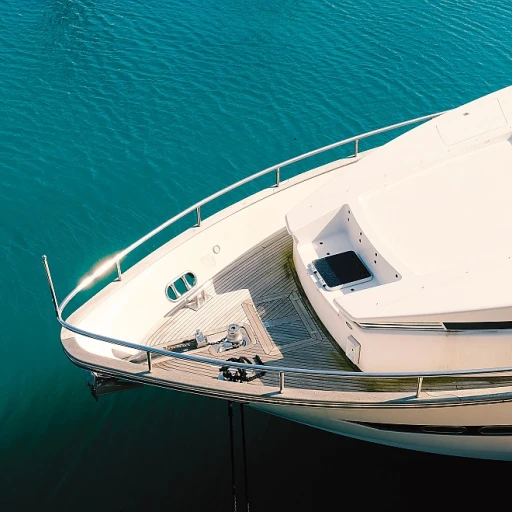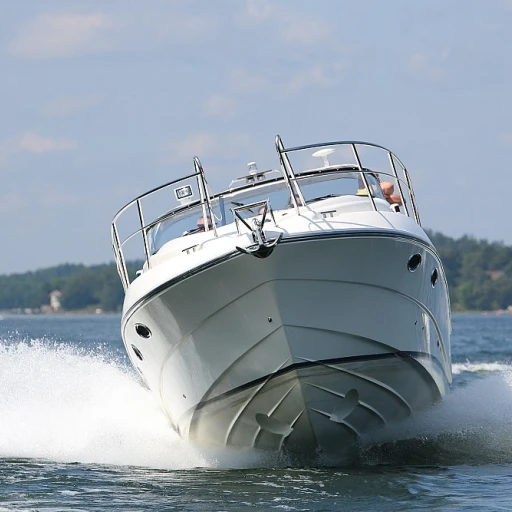
The Importance of Lifejackets in Yachting
Essential Safety on the Open Waters
Lifejackets are a critical component of safety on the water, serving as personal flotation devices (PFDs) that can be the difference between life and death during unexpected events at sea. Whether you are taking a leisurely boat trip or engaging in more intense water activities, ensuring every member on board is outfitted with a proper life jacket is vital. These jackets are designed to keep you buoyant and safe in the water, and they come in a variety of forms, including foam and inflatable types. While many might assume these flotation devices could last forever due to their durability, they do have a lifespan influenced by several factors. Regular checks for signs of wear and tear are crucial to guarantee your lifejacket will perform its job effectively when needed. Inflatable lifejacket models, for example, have additional components such as an inflation mechanism and an inflation tube that require careful inspection. Even Transport Canada's regulations emphasize the necessity for lifejackets to be well-maintained and in good service condition as part of standard safety protocols. Yachting enthusiasts should prioritize understanding the materials and durability of their lifejackets, thus ensuring peace of mind on the open water. For more insights on selecting the best lifeboat or flotation devices for superyachts, you might want to explore the importance of lifeboat solutions that cater to the unique demands of larger vessels.Understanding Lifejacket Materials and Durability
Key Materials That Determine Lifejacket Durability
Understanding the materials from which lifejackets are crafted can significantly influence your choice and ensure proper wear and safety over the years. Lifejackets typically come in two primary forms—foam and inflatable. Each type has its unique characteristics, affecting both performance and lifespan.- Foam Life Jackets: These are known for their robust nature and can provide consistent flotation. The foam inside is typically a closed-cell type that doesn’t lose buoyancy over time. However, they are prone to wear and tear, so regular checks are necessary to ensure that no seams are compromised or foam has degraded.
- Inflatable Lifejackets: Preferred by many for their comfortable wear and mobility, these require more maintenance. The inflation mechanism is a critical component that must be regularly serviced. Over time, the materials of the jacket and the inflation system can deteriorate, particularly if exposure to saltwater is frequent. It's prudent to conduct a regular inflation test and inspect the inflation tube to maintain safety.
Signs That a Lifejacket May Need Replacement
Identifying When to Replace Your Lifejacket
While lifejackets are designed to be durable, their lifespan isn't indefinite. Regular exposure to water, UV rays, and wear and tear can reduce their effectiveness over time. Recognizing signs of deterioration is crucial for your safety and that of your boat's occupants.
Key indicators that your lifejacket might need replacement include:
- Wear and Tear: Inspect the jacket for frayed straps, damaged buckles, or punctures in the inflatable compartments. Even foam life jackets can suffer from cracks or tears.
- Inflation Issues: For inflatable lifejackets, regularly test the inflation mechanism. An inflation test should be conducted at least once a year to ensure the inflation tube and mechanism function correctly.
- Fading or Discoloration: Exposure to sunlight can weaken the fabric and fade the material, which might not be immediately evident in inflatable lifejackets but can affect their longevity.
- Loss of Buoyancy: Over time, the foam in your personal flotation device may compress, leading to a reduction in buoyancy.
Pay attention to the manufacturer's instructions and recommendations regarding the lifespan and maintenance of your lifejacket. Oftentimes, manufacturers suggest replacing lifejackets every ten years, but a well-maintained life jacket can potentially have an extended life. Always consider checking in with a service centre if in doubt about the safety of your flotation device.
Additionally, for members online seeking additional resources on lifejacket maintenance, ensuring engine efficiency is just as crucial as keeping safety equipment in prime condition.
Manufacturer Guidelines and Recommendations
Guidance from Manufacturers: Essential for Lifejacket Safety
When it comes to lifejackets, heed manufacturer guidelines and recommendations as these are curated with safety in mind. These guidelines are crucial to ensuring the sustained efficacy of your personal flotation devices, whether they are foam-based life jackets or inflatable lifejackets. Before embarking on water activities, it's wise to consult the manufacturer's instructions to understand the maintenance requirements and intended lifespan of your safety gear. For instance:- Inflatable lifejackets often include specifics on how to test the inflation mechanism and inflation tube to gauge their readiness and efficacy.
- Manufacturers typically advise on how frequently jackets need a check at a service centre, especially for inflatable pfds that are exposed to various elements over the years.
- The wear and tear signs of your flotation device are key indicators mentioned in these instructions. Following these checkpoint schedules can prevent unexpected failures in crucial times.
Regular Maintenance and Inspection Tips
Essential Maintenance Practices for Longevity
Maintaining your lifejacket is crucial to ensure its effectiveness and longevity. Over time, exposure to water, wear and tear, and even the natural degradation of materials can impact its performance. Here are some essential tips for keeping your lifejacket in top condition:- Regular Inspections: Conduct frequent checks for signs of wear and damage. Look for any tears, fading in color due to UV exposure, or any compromised areas that might affect the lifejacket's integrity. Pay special attention to inflatable lifejackets, as their inflation mechanism and inflation tube require regular scrutiny.
- Manufacturer Instructions: Always adhere to the manufacturer's guidelines regarding maintenance. These instructions often contain vital information about service intervals and care specifics tailored for your type of life jacket, whether it’s a foam or inflatable variant.
- Perform Inflation Tests: For inflatable lifejackets, execute an inflation test periodically. This ensures that the gas canister and inflation mechanism are functioning correctly and that the jacket will inflate in an emergency.
- Rinse and Dry: After each use, rinse your lifejacket with fresh water to eliminate salt and other residues from the surface. Thoroughly dry it in a well-ventilated area to prevent mold growth, which could compromise the material over time.
- Service Centers: For extensive inspections or servicing, consider visiting a certified service centre. These centers are equipped to handle comprehensive checks and repairs, providing peace of mind that your personal flotation device meets the necessary safety standards.













